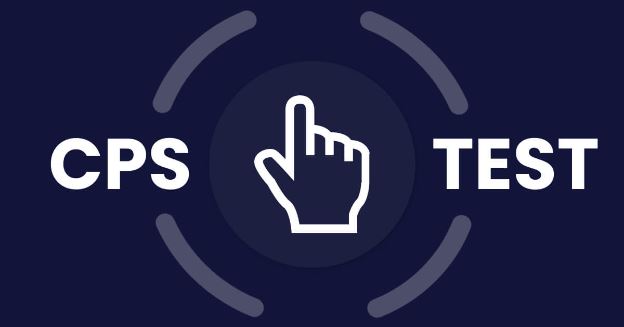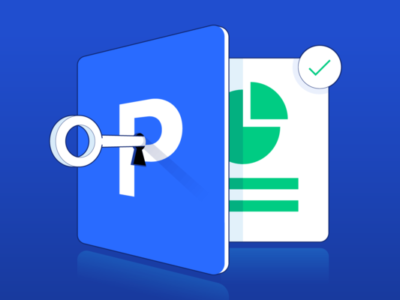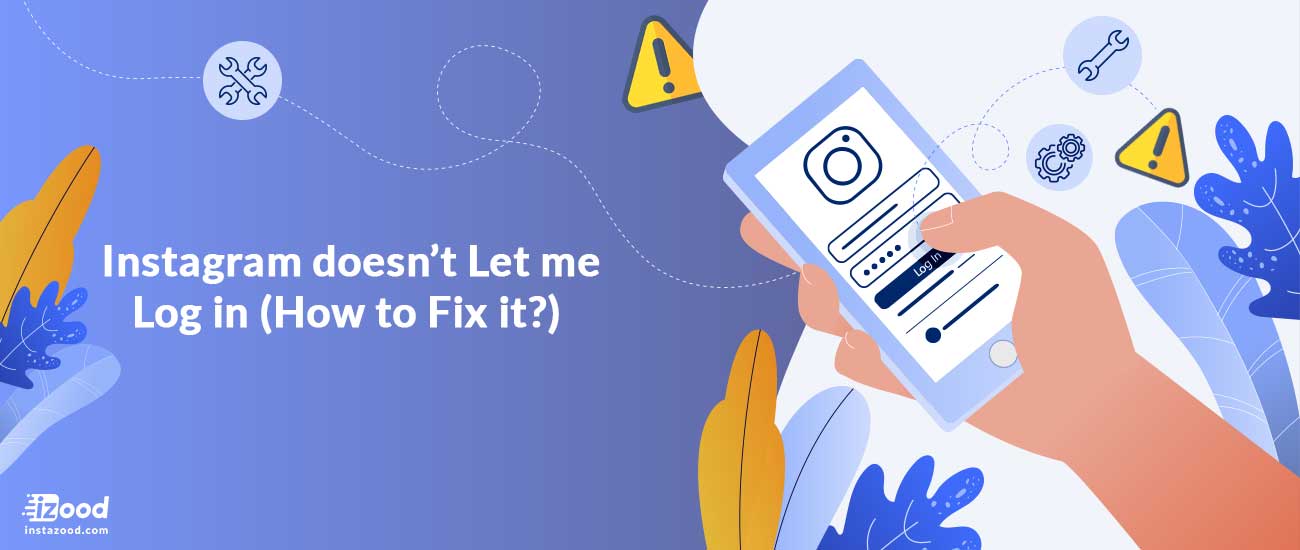A CPS tester, or clicks per second tester, is a tool used to measure the number of clicks a person can make in one second. The tool typically involves a button that the user clicks repeatedly within a set amount of time, usually one second. The number of clicks is then recorded and displayed as the user’s CPS score. It is commonly used as a measure of dexterity and speed in video games or typing speed tests. It is also used in some workplaces to measure the productivity of employees who perform repetitive tasks such as data entry. Some online CPS testers also exist, where users can test their CPS score and compare it to others on a leaderboard. Overall, a CPS tester is a simple yet effective tool for measuring a person’s clicking speed and dexterity.

Measuring Clicking Speed with a CPS Tester
Measuring clicking speed with a CPS tester is a simple yet effective way to determine how many clicks a person can make in one second. The process typically involves clicking a button repeatedly within a set amount of time, usually one second. The number of clicks is then recorded and displayed as the user’s CPS score. CPS testers can be found online or as a feature in some video games and typing test software. They are commonly used as a measure of dexterity and speed in these contexts, but can also be used in workplaces to measure the productivity of employees who perform repetitive tasks such as data entry. Overall, a CPS tester is a useful tool for measuring a person’s clicking speed and dexterity.
Understanding the Importance of CPS Testing
Understanding the importance of CPS testing is crucial for various fields, such as gaming and typing speed. In gaming, a high CPS score can give players an edge in fast-paced games that require quick reflexes and precise mouse movements. In workplaces that require repetitive tasks such as data entry, a high CPS score can indicate increased productivity and efficiency. Additionally, CPS testing can also be used as a measure of dexterity and hand-eye coordination, which can be useful for various physical or medical assessments.
Furthermore, CPS testing can be used to track progress and improvement over time, as well as to identify potential issues such as repetitive strain injuries. Overall, CPS testing is an important tool for measuring performance and identifying areas for improvement in a variety of fields.
The Science behind CPS Testing
The science behind CPS testing is rooted in the study of human motor control and reaction times. Research has shown that the average human reaction time is around 200-250 milliseconds, which equates to roughly 4-5 clicks per second. However, factors such as fatigue, stress, and repetitive strain injuries can all negatively impact a person’s CPS score. In addition, factors such as hand-eye coordination, muscle memory, and muscle fatigue can also affect a person’s clicking speed.
Furthermore, research has also shown that training and practice can lead to an improvement in CPS scores, as well as increased dexterity and hand-eye coordination. Overall, the science behind CPS testing involves understanding the various factors that can influence clicking speed and how to improve it.
Conclusion
In conclusion, a CPS tester is a useful tool for measuring a person’s clicking speed and dexterity. It is commonly used in video games and typing speed tests to measure the performance of players and typists, but can also be used in workplaces to measure the productivity of employees who perform repetitive tasks such as data entry. Understanding the science behind CPS testing is important for identifying factors that can influence a person’s clicking speed and for finding ways to improve it.











